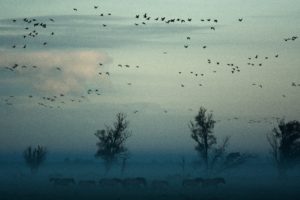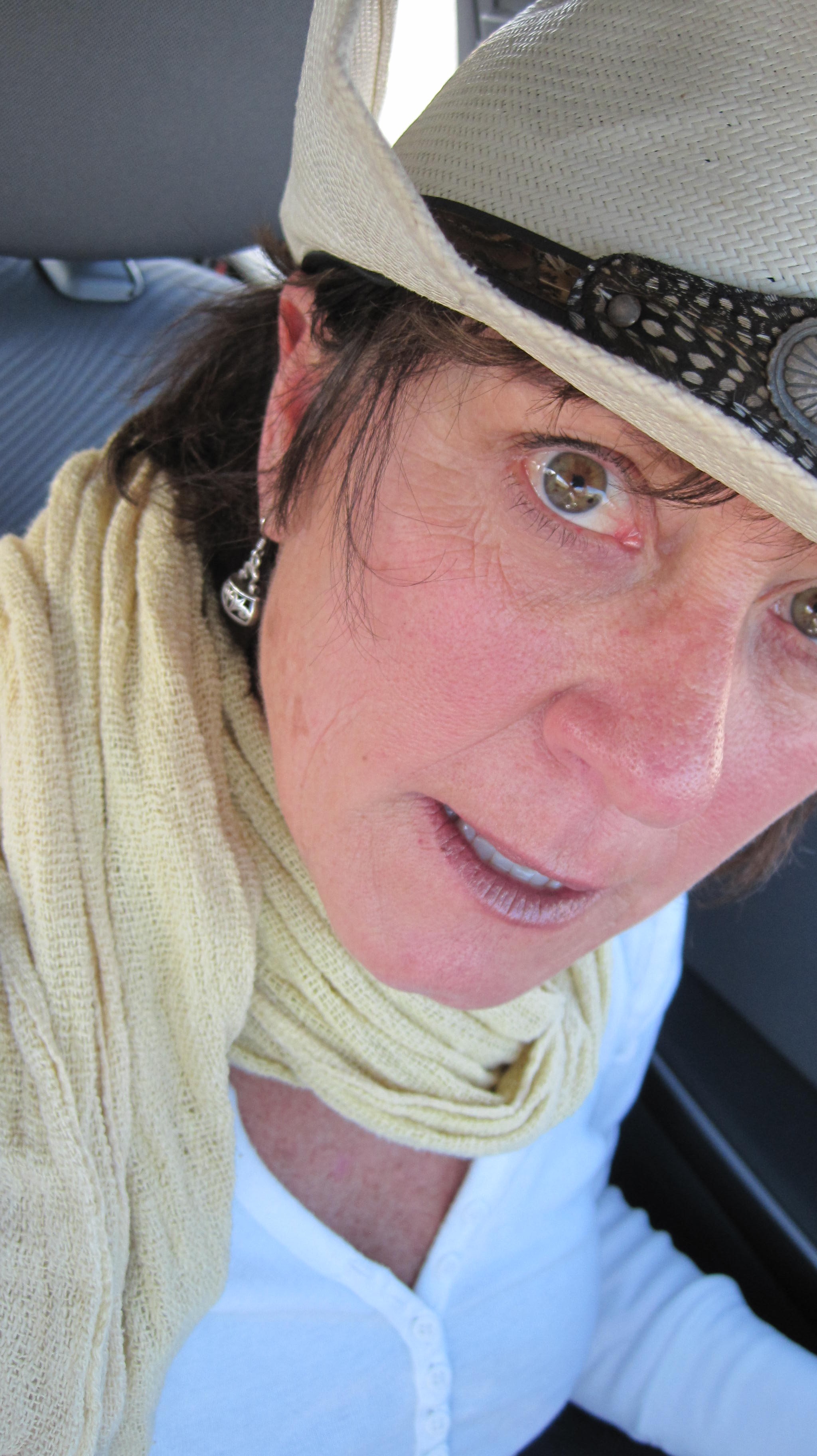 It was during my early adolescence when I saw Alfred Hitchcock’s 1963 film The Birds. Critics were mixed in their reception. I wasn’t. It terrified me. Before I watched the film, I’d thought of birds as benign and decorative. I saw them as accessories for trees and the sky. They looked good sitting on docks and they made nice sounds. And they fly, which is one of the coolest things ever.
It was during my early adolescence when I saw Alfred Hitchcock’s 1963 film The Birds. Critics were mixed in their reception. I wasn’t. It terrified me. Before I watched the film, I’d thought of birds as benign and decorative. I saw them as accessories for trees and the sky. They looked good sitting on docks and they made nice sounds. And they fly, which is one of the coolest things ever.
As a kid, my siblings and I spent hours chasing sandpipers that skittered at the edge of ocean waves during beach visits. I watched pelicans dive bomb for dinner from the piers where locals went to fish. Mourning doves cooed their four notes from the Australian pines across the street and the wading birds that we saw when we went to the Everglades stepped gingerly on their stilt-like legs, plucking food from the marshy bits.
The Birds really threw me. Even though it was only a semi-schlocky film, it leaked into my thinking. Instead of sweet things with wings, I absorbed the idea of birds as menacing. Despite their tiny size, they were capable of mischief and harm. That idea planted its dark little seeds in my developing brain.
In college I read the words of Terry Tempest Williams. “Birds are wherever we are. They are our companions. Birds are mediators between heaven and earth.” The soft poetry of her notion swayed me. I thought of carrier pigeons, of the role of birds in many Native American cultures—messengers from the Creator, ferrying communication between humans and the spirit world.
In the abstract realm of symbolism, I came to know and see birds as more than decorations or death machines. I saw them as envoys. “Environment is a concept. Nature a label. Birds are real, elements that live within our sensory plane. They spread their wings and bridge the gap between our world and the nature.” Those words by Pete Dunne, the director of the Cape May Bird Observatory, resonated with me, but I still harbored fear.
My friend Dave has birds. Two parrots, the kind that talk and imitate sounds and language. The kind that live to be more than 100 years old. In Dave’s house, the parrots live in a cage that looks like a metal Japanese pagoda. One of the parrots is docile and has a bald patch on his head; the other was most likely the coach for the birds who appeared in Hitchcock’s film. Her name is Lillian and she bites. She is fierce and she is mean. I am scared of her. I also hate and envy her.
When I visited Dave a few years ago, I took an afternoon nap when he stepped out to grocery shop. While I lay sleeping, Lillian unlocked her cage and walked through the house to my room. She squawked a stream of gibberish that sounded like 20 drunken people at a party and paced in the doorway. I was pretty sure that if I got out of that bed she would swoop in, peck out my eyes, tangle her claws in my hair and find a horrible way to kill me slowly.
I stayed in bed for more than 90 minutes waiting for Dave to return. When he put Lillian back in her cage, I hissed at her. Then I felt like an idiot.
There is an exploratory question I heard in an episode of This American Life that I deploy when I am in a small talk spiral with strangers at a party. “Flight or invisibility,” I ask. “Which one do you choose? “
When I first heard the question, I chose flight immediately. I dream of flying. I want to soar, to see into the distance, to be above all of this, to be wordless, to sing. I want to be a bird.
In a Sept. 19 article in The New York Times—along with dozens of other publications—a headline relayed doom: the bird population of North America has declined by about one-third in the last 50 years. One third. Fifty years. My lifetime is included in that span. Although the headline size conveyed news that was important but not dire, I thought it should have been about the size that in 1948 mistakenly forecast: “Dewey Defeats Truman.”
The news about the thinning bird population troubled me deeply, which surprised me. Instead of the fear that has been laced through my attitudes toward birds, I feel a pulsing inside me. It is a shy reverence, an acknowledgement of their sacred place in the order of all things.
Birds. I watch them fly. I see them cluster on telephone lines, in trees. They chatter at dusk, and sometimes I hear them sing. I know them now as teachers with lessons about patience, about listening.
I don’t want them to go away.

